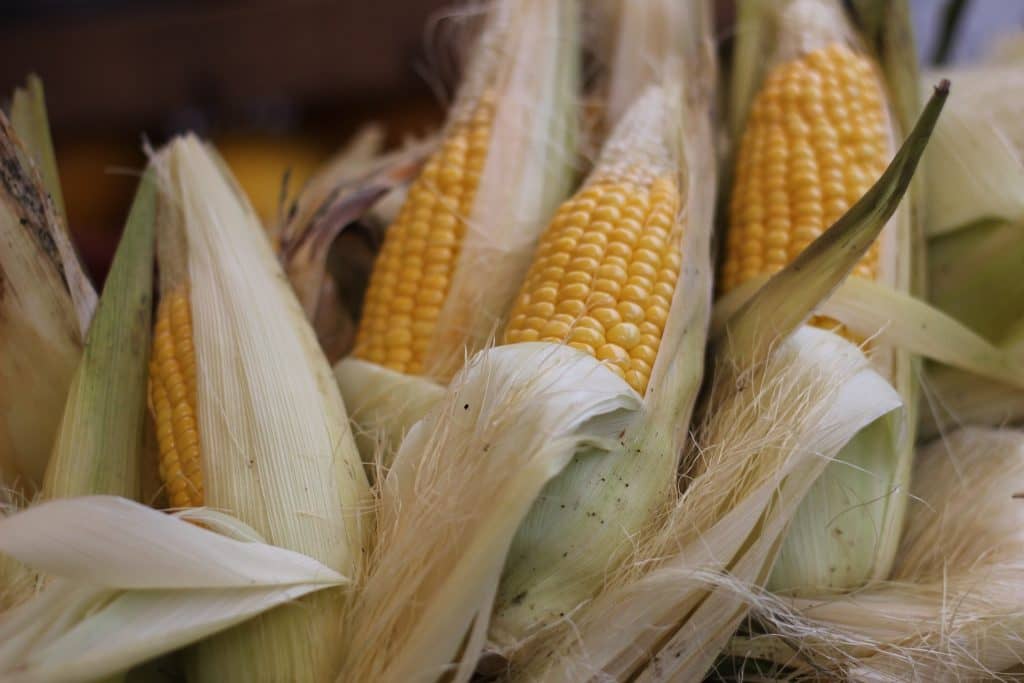Porto Alegre, April 26, 2022 – While the international market gets more anxious and cautious about the 2022 US crop, the Brazilian domestic market does not seem to find the same support. At first, the volatile exchange rate tested again the level of BRL 4.60 last week, recovering again in the face of the international high of the dollar and the political conflict between institutional powers in Brazil. Then, despite all the worrying environment with the world supply, in which the role of Ukraine may be being overvalued in the world market, premiums in Brazil have just plummeted. Premiums, among other factors, are clear signals of demand and buying interest. Right now, premiums seem to indicate that international demand is not very concerned about Brazilian supply. This may indicate that external demand will focus on the harvest of the second crop for shipments in the second half of the year, when premiums may rise again. In any case, domestic prices are unable to react via port, and growers keep selling corn and retaining soybeans.
Prices at Brazilian ports remain close to BRL 90/bag for May onward. Even though the CBOT prices reached the highest level since 2012, the Brazilian market failed to reflect this worrying environment abroad. Initially, premiums dropped too much in April. From July through September, premiums dropped to 0.20/0.40 cents against Chicago, after bordering on USD 1.00/bushel in March. While the CBOT rises, premiums fall. Theoretically, there may be a problem with global supply and an exaggerated concern with the potential supply of Ukraine, but the international market does not seem to have the same concern over Brazilian supply and sends premiums lower, perhaps in a strategy to buy Brazilian corn a little cheaper during the harvest of the second crop. Besides, there is the vision that a record second corn crop and warehouses full of soybeans will lead the Brazilian market to sell corn more aggressively at harvest.
The dollar tested the support of BRL 4.60 last week, however, given the political friction between the powers, and with one of the powers that should not be political, the picture changed with the week closing at BRL 4.80. The rise of the dollar in the international market also contributed to that closing. This dollar’s high made corn prices range from BRL 91 to 93 at Brazilian ports, depending on shipment. However, prices cannot jump in the same proportion due to the cut in premiums.
This reflects the condition of the 2022 second crop. In 2021, Brazil had a strong withdrawal of the second crop and exported only 21 mln tons. This year can reach 36 to 40 mln tons, so reassuring the international market, which will buy Brazilian corn, but there is less stress at the moment. The second crop is still in good condition after the rains in early April, despite the point of attention that is the decrease in rains between Goiás and Minas Gerais. But we cannot say that the national market will change direction if Paraná and Mato Grosso have a good second crop, in contrast to the region affected by the drought at the moment.
In this environment, we must say that now the domestic market is almost re-indexed to port levels, which leads us to highlight the CBOT, premium, and currency indicators. Naturally, the volatility with the US climate and elections in Brazil will offer opportunities for the Brazilian market to look for exports as a commercialization alternative, and the domestic consumer sector needs to observe that these variables are present in the formation of prices for this year again. The biggest concern for the harvest of the second crop is the condition of warehouses, which are still full of soybeans in much of the country, which can create difficulties for receiving and shipping the second crop. We must remember that the second crop has its pace of flow through the port, and selling pressures can be additional factors for domestic prices. Observing the US climate is now the main point for trading the 2022 second crop.
Agência SAFRAS Latam
Copyright 2022 – Grupo CMA

